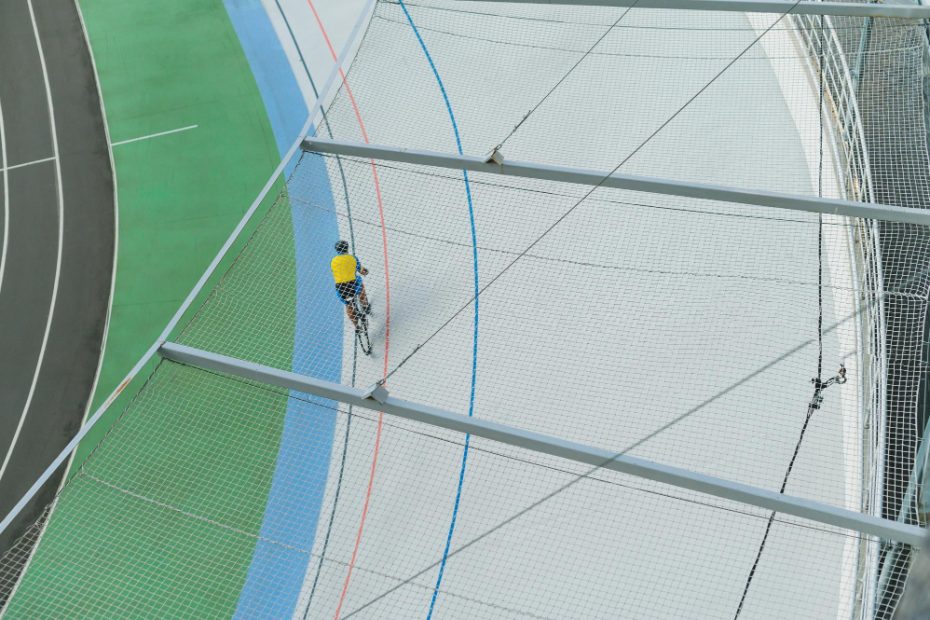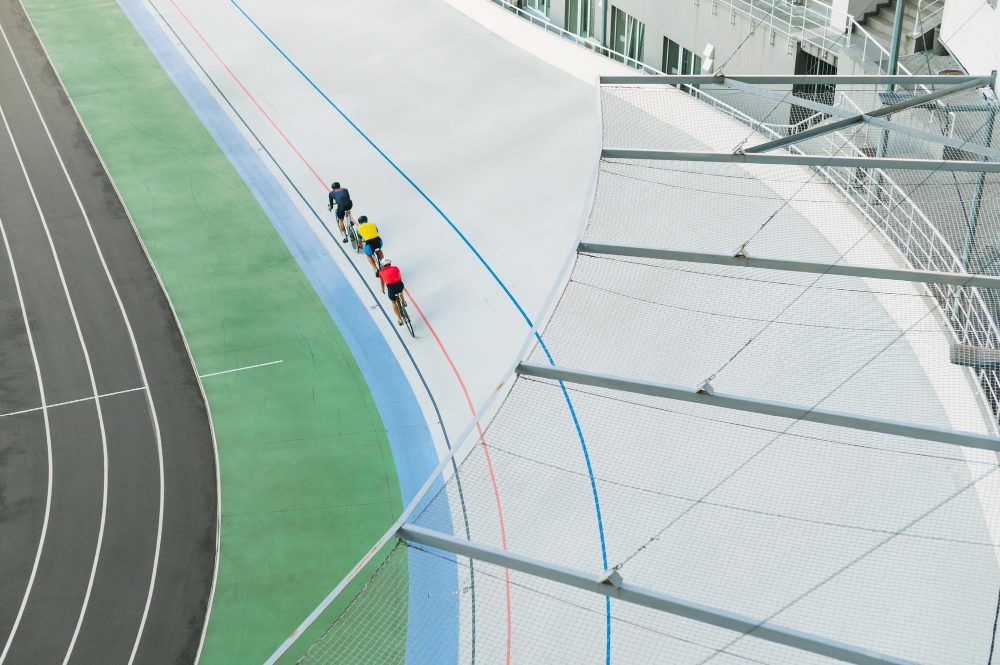What is the Velodrome Used For Now?
The velodrome, once a prominent feature of cycling events during the Olympic Games, continues to serve as a multipurpose facility long after the athletes have departed. While its primary function remains as a venue for track cycling competitions, modern velodromes have evolved to accommodate a wide range of activities and events. From training sessions for aspiring cyclists to hosting concerts and exhibitions, the versatile nature of velodromes ensures their continued relevance in the sports and entertainment industry.
Track Cycling Competitions
The velodrome’s main purpose is to provide a dedicated track for track cycling competitions. Track cycling is a form of bicycle racing held on specially built tracks called velodromes. These tracks are typically made of wood or concrete and have banked turns that allow cyclists to maintain high speeds while maneuvering through corners. The steep inclines of the track not only create an adrenaline-filled atmosphere but also enable cyclists to achieve remarkable speeds.
Velodromes host a variety of racing events, including sprint races, endurance races, team pursuits, and more. These competitions attract both professional cyclists and enthusiasts who wish to showcase their skills. Spectators fill the stands, creating an electric atmosphere as they cheer on their favorite riders. With its oval shape and excellent spectator views, the velodrome offers an unparalleled experience for both participants and fans of the sport.
Training Facilities
In addition to hosting competitions, velodromes serve as essential training facilities for aspiring track cyclists. National teams and professional cycling organizations utilize velodromes to provide athletes with optimal training conditions. The specialized track allows athletes to focus on improving their speed, endurance, and bike handling skills.
The controlled environment of the velodrome also enables coaches to monitor and analyze their athletes’ performance closely. The smooth surface, absence of traffic, and lack of external factors make it an ideal venue for targeted training programs. Cyclists can work on their technique, practice specific drills, and simulate race scenarios to enhance their overall performance.
Community Engagement
Modern velodromes have expanded their reach beyond the cycling community by creating opportunities for community engagement. By hosting a range of events and activities, velodromes have become vibrant venues that attract individuals from various backgrounds.
Concerts, exhibitions, and trade shows find their place within the velodrome walls. The expansive space and adaptable infrastructure create a versatile setting perfect for large-scale events. Concert stages are erected in the center of the track, leveraging the unique layout and acoustics of the velodrome to provide an extraordinary musical experience. Exhibitions and trade shows take advantage of the velodrome’s open spaces to showcase products or art installations.
Moreover, velodromes often organize public outreach programs to promote cycling as a healthy and sustainable means of transportation. Community members, regardless of their cycling ability, are encouraged to participate in beginner-friendly track cycling sessions. These initiatives not only introduce people to the sport but also foster a sense of community and well-being.
“Velodromes offer a thrilling experience for both participants and spectators alike,” says John Smith, a professional cyclist who has competed in numerous velodrome competitions. “The adrenaline rush of racing on the track is unparalleled, and the atmosphere in the velodrome is always electric.”
Diverse Sporting Events
Beyond cycling, velodromes have proven adaptable and versatile, catering to a variety of sporting events. Some velodromes host indoor athletics competitions, such as track and field events, during the colder months. The large, enclosed space provides athletes with a controlled environment unaffected by weather conditions, ensuring fair and consistent competition.
Additionally, other sports have found a home in velodromes. Roller derby, a fast-paced contact sport on roller skates, benefits from the smooth track surface and banked turns, transforming the velodrome into a thrilling arena for this popular sport. The velodrome’s unique layout and atmosphere make it an ideal venue for a range of sporting activities that require speed, agility, and spectator engagement.
The Future of Velodromes
As the sporting landscape evolves, velodromes must adapt to meet changing demands and stay relevant. Architects and designers are incorporating innovative features into new velodrome constructions, ensuring they remain at the forefront of contemporary sports facilities.
Many newly built velodromes prioritize sustainability and environmentally friendly design. Utilizing renewable energy sources, rainwater harvesting, and efficient lighting systems, these modern velodromes strive to minimize their carbon footprint while providing top-notch facilities.
Furthermore, technology is playing an increasingly important role in enhancing the velodrome experience. Advanced timing systems, LED displays, and immersive audio setups further elevate the spectator experience during competitions and events. Virtual reality systems are also being integrated to provide virtual tours and training tools, enabling both professionals and enthusiasts to explore the velodrome from anywhere in the world.
In conclusion, while the velodrome’s primary purpose remains as a venue for track cycling competitions, its versatility ensures it remains a vibrant part of the sports and entertainment industry. From training facilities for aspiring cyclists to hosting diverse events and engaging with communities, the velodrome continues to evolve and cater to a wide range of interests. As technology further enhances the velodrome experience, the future promises even more exciting possibilities for this iconic sporting facility.


